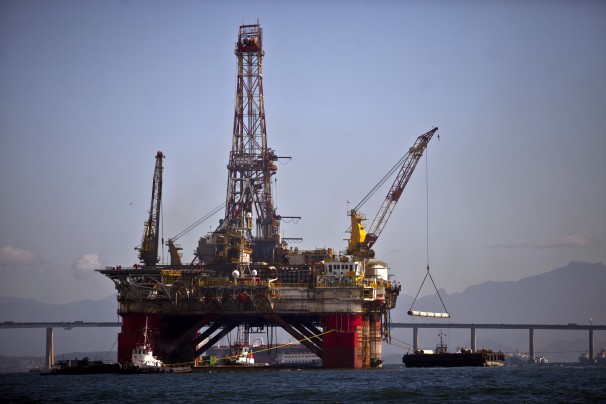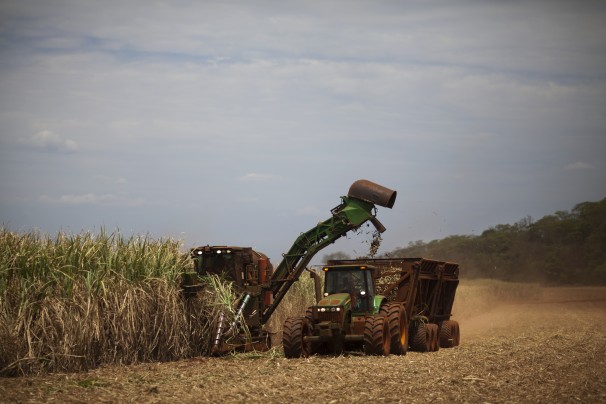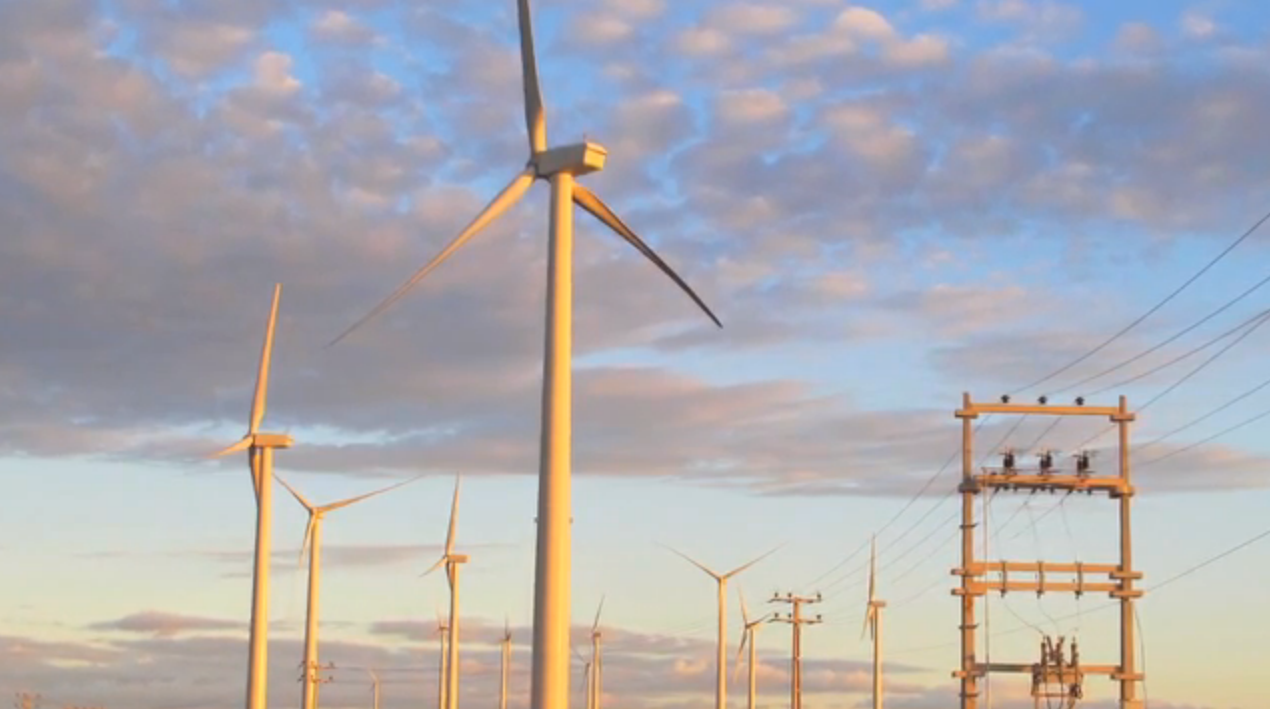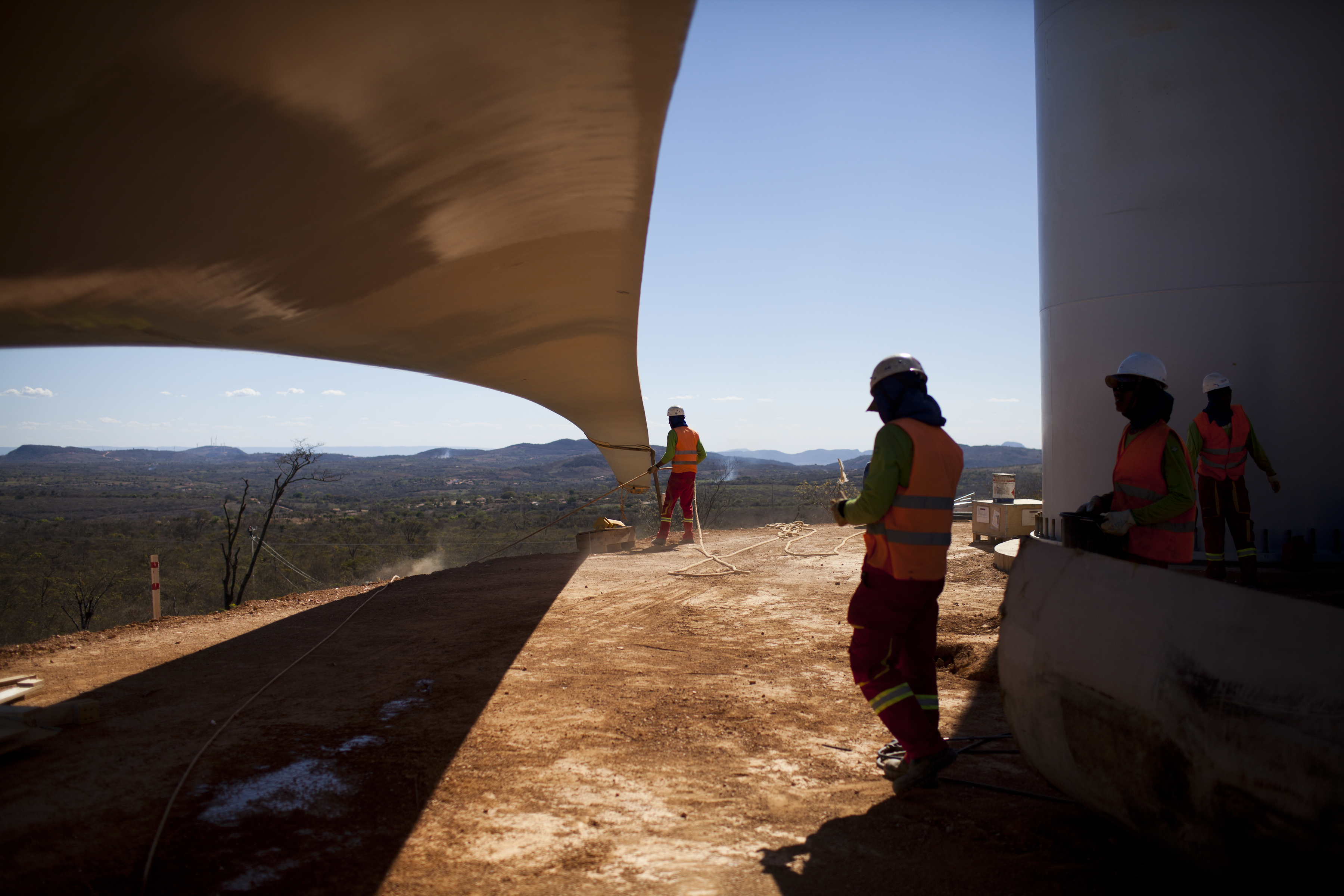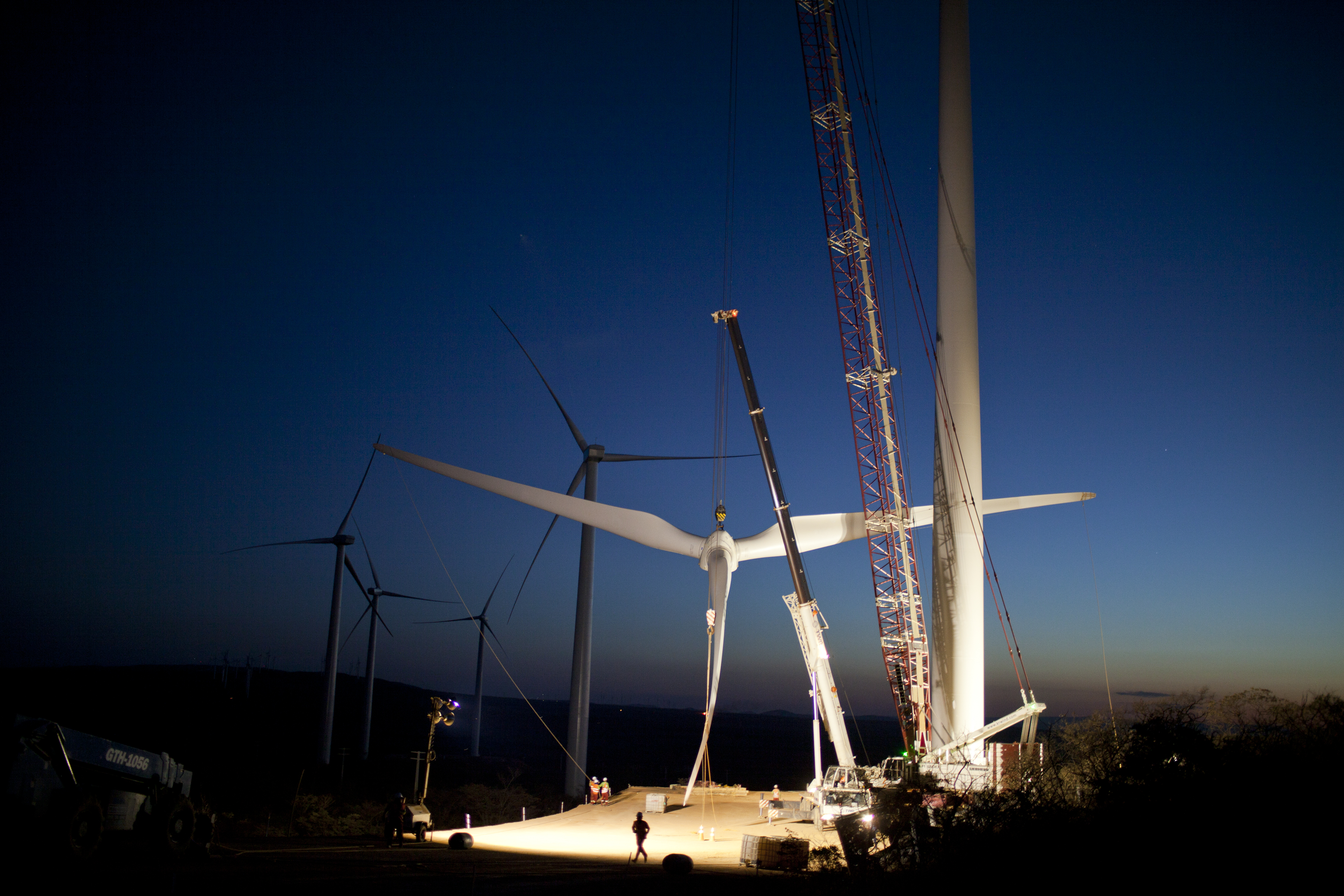
As big, bountiful Brazil develops it faces a daunting challenge: how to provide power for a country of 200 million, a growing number of whom are joining the middle class. For decades, the answer appeared to be hydroelectric dams that would tap the world's greatest rivers. But dams sputter in droughts, and the construction of massive hydroelectric projects has generated relentless environmental protests that have been embarrassing to the government.
Energy planners now know there are limits to hydro power. Brazil is developing other options in a process that is being closely watched in emerging countries worldwide. Wind-turbine parks are being built across the length of Brazil in an audacious plan — to provide, along with biomass, 30 percent of new electricity generation in the years to come. And ethanol, made from sugar cane, is making a tentative comeback. Finding its way with energy won't — and has not — been easy. Brazil's goal to become an oil power looks increasingly grim, despite the modern-day gold rush that was set-off in 2007 after the discovery of so-called elephant fields of deep-sea oil.
The country's state-controlled oil behemoth, Petrobras, is saddled with debt. And critics are raising questions about the attention that was paid to companies such as OGX, an oil startup that predicted it would become a powerhouse but that has collapsed in recent weeks. This series examines how energy needs are shaping Brazil's emergence as one of the world's major economic players, just ahead of next year's World Cup and the 2016 Olympics.



